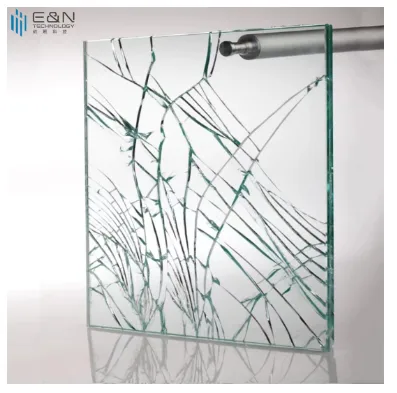The demand for laminated glass is rising with the passing day, but most customers are confused about the variety of Interlayer film available in the market. What is the difference between the interlayers, and how can you select the best option? The most common interlayers used in Australian marketing for constructing buildings are PVB and EVA.
Both PVB and EVA interlayers are good options for manufacturing laminated glass. Both types of interlayer films get used by glass manufacturers. Both options have got their features and properties. Now you might be thinking about which inter-layer is better or the difference between them. Let’s talk about the differences in detail now:
The most common layer is PVB, which stands for polyvinyl butyral. Due to its flexibility and optical clarity, most glass manufacturers use this interlayer film material. Standard PVB is combined with annealed glass so the glass processors and glaziers can easily cut the glass after lamination. PVB is quite famous because, for urgent repairing of A-class glass or replacement, the professional professions prefer PVB interlayer film. The reason behind this preference is that it requires less processing.
For customized specifications and size for a longer lead time, PVB is preferred over any other inter-layer film.
Let’s talk about the applications of PVB inter-layer:
PVB interlayer is available in the following details:
Following are the benefits that you will have to consider PVB inter-layer film:
EVA is known as an alternative to safety glass, but it is not commonly used as PVB. As compared to PVB, EVA has more resistance against moisture, which can be considered for both internal and external glazed applications when the edges are exposed. You will have a lot of choices while you are choosing the color in EVA interlayer film.
Using EVA inter-layer film to make laminated glass, you can use different products like paper, decorative wire mesh, fabrics, printed PET films, and photovoltaic cells.

Let’s talk about the applications of EVA interlayer.
EVA inter-layer is available in the following details:
Following are the benefits that you will have to consider EVA inter-layer film:
Going for interlayer film options can be confusing because most are similar in terms of looks. However, EVA brings much better options in terms of transparency, thermosetting, and several other aspects.